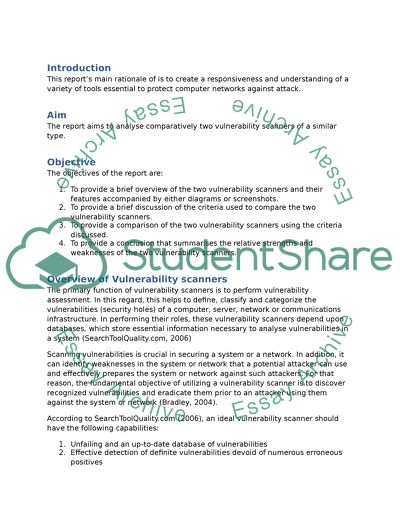Cite this document
(“Security tools comparison Essay Example | Topics and Well Written Essays - 2500 words”, n.d.)
Retrieved from https://studentshare.org/information-technology/1397496-security-tools-comparison
Retrieved from https://studentshare.org/information-technology/1397496-security-tools-comparison
(Security Tools Comparison Essay Example | Topics and Well Written Essays - 2500 Words)
https://studentshare.org/information-technology/1397496-security-tools-comparison.
https://studentshare.org/information-technology/1397496-security-tools-comparison.
“Security Tools Comparison Essay Example | Topics and Well Written Essays - 2500 Words”, n.d. https://studentshare.org/information-technology/1397496-security-tools-comparison.


